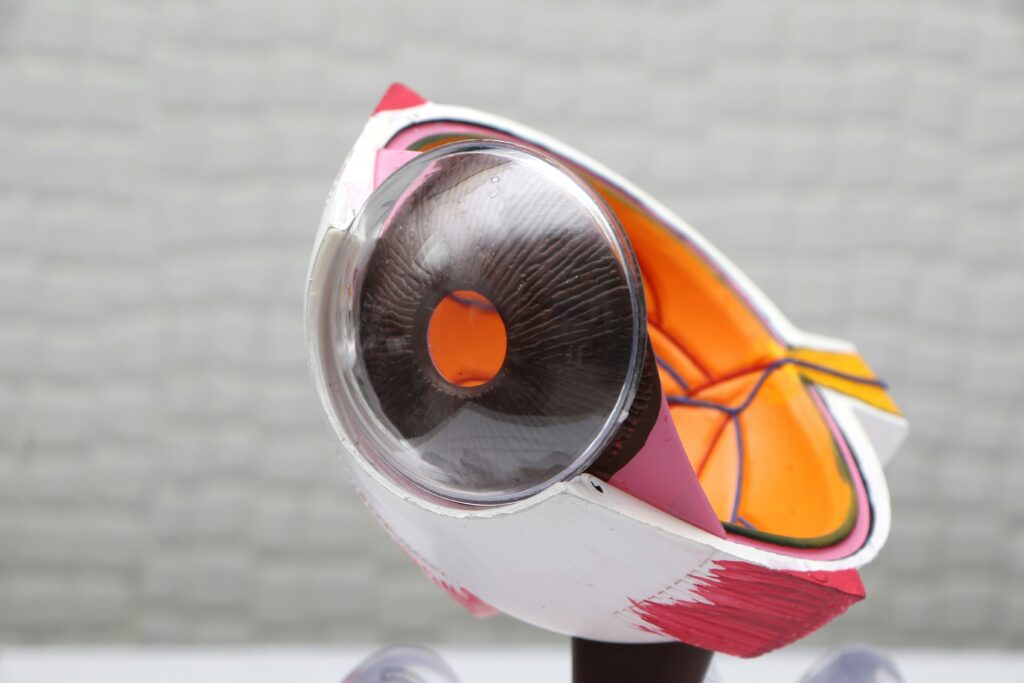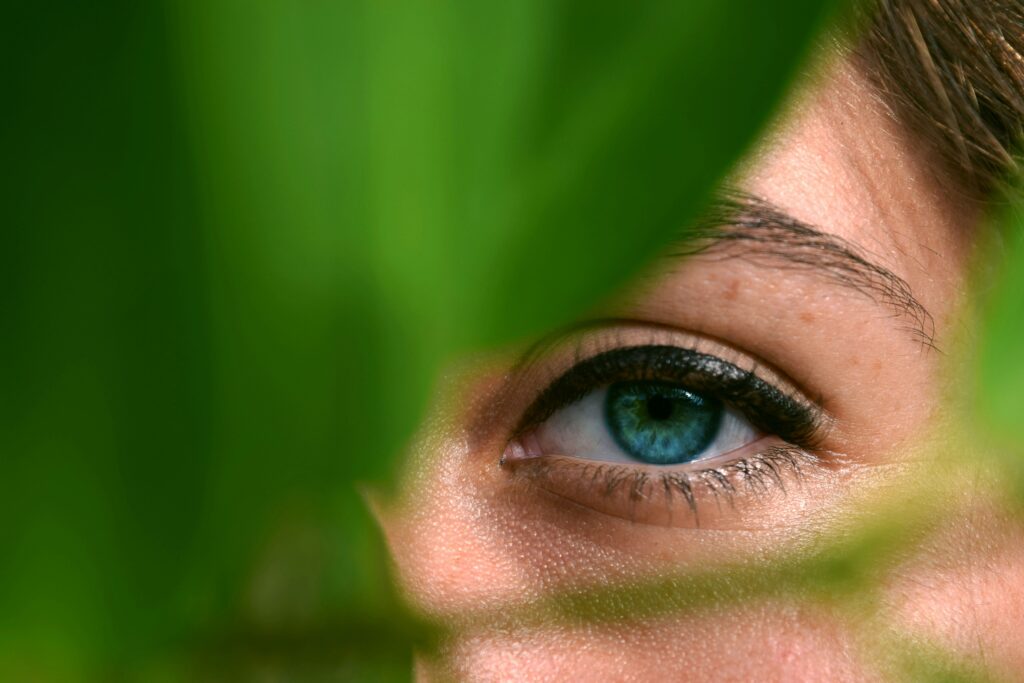People with diabetes have problems with the amount of glucose (sugar) in their blood. When the blood sugar levels are elevated for a prolonged period of time, it can damage the network of small blood vessels that nourish the retina. Diet, exercise, using your diabetic medications, keeping the blood sugar and A1C levels in range are crucial in preventing complications of diabetes.
There are two types of diabetic retinopathy. The earlier form, called non-proliferative diabetic retinopathy, causes mild symptoms (or no symptoms at all). The more advanced form is called proliferative diabetic retinopathy.
In non-proliferative diabetic retinopathy, the blood vessels in the retina weaken and start to leak fluid and blood. Microaneurysms, or tiny bulges in the blood vessels, can leak fluid into the retina. Other changes can occur, too. For example, the central portion of the retina called the macula can start to swell or thicken. This is known as macular edema and is the leading cause of vision loss in people with diabetes.
In proliferative diabetic retinopathy, many of the blood vessels in the retina close, depriving the retina of oxygen. To compensate, the retina grows new blood vessels, but the blood vessels are abnormal and do not supply the retina with the blood supply or oxygen that it needs. They may leak into the vitreous, the clear gel-like substance that fills the center of the eye. The retina can also develop scar tissue, which may cause the retina to wrinkle or start to detach from the back of the eye. The abnormal blood vessels may also interfere from the normal tear drainage system, causing pressure to build. Eventually, this has the potential to damage the optic nerve and lead to glaucoma.


